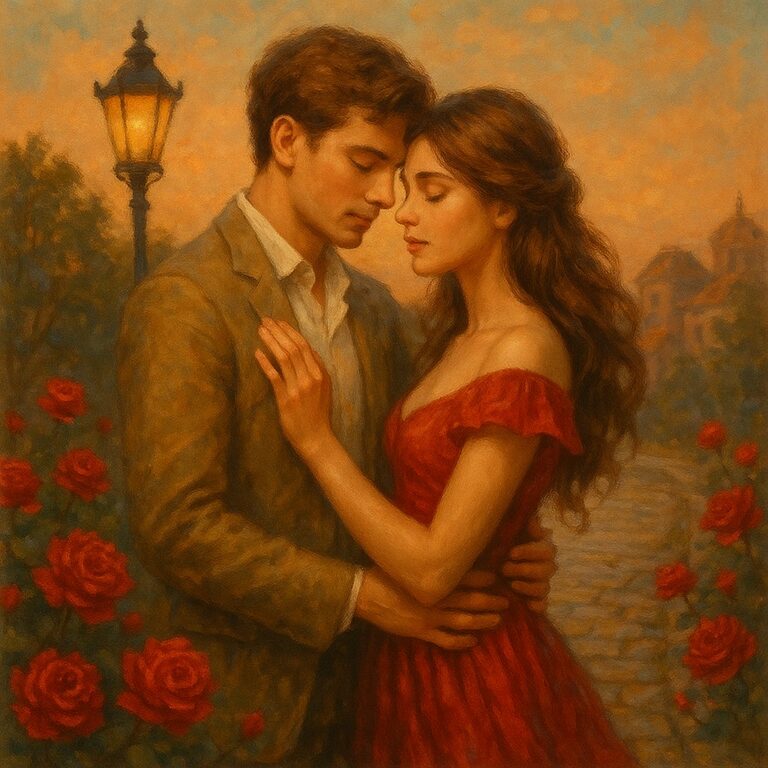
The romance genre beautifully weaves passion, emotion, and connection, drawing readers into worlds where love blossoms, obstacles arise, and hearts find their way. These stories invite you to experience the thrill of first meetings, the warmth of deep bonds, and the intensity of overcoming challenges together.
At its core, the romance genre explores:
From sweet encounters to sweeping epics, romance captivates by celebrating human connection and emotional growth. It thrives on vulnerability and desire, delivering endings that warm the soul, inspire hope, or linger in the heart long after the last page.
Writing romance means crafting a story that draws readers into emotional journeys filled with passion, conflict, and heartfelt connection. From creating relatable characters to building chemistry and tension, every step leads to a story that makes readers root for love. Here’s a quick step-by-step guide to start your romance journey:
Romance novels have enchanted readers with tales of love, passion, and emotional discovery across generations. Here are five timeless classics that helped define the genre:
Pride and Prejudice by Jane Austen
Did you know? Austen’s witty and sharp social commentary, combined with the evolving relationship between Elizabeth Bennet and Mr. Darcy, has made this novel one of the most beloved love stories ever told — inspiring countless adaptations and retellings.
Jane Eyre by Charlotte Brontë
Did you know? Jane Eyre was groundbreaking for its time, presenting a strong, independent heroine who challenges social norms and asserts her moral and emotional integrity in a deeply romantic yet Gothic narrative.
Wuthering Heights by Emily Brontë
Did you know? This dark and passionate tale was initially met with mixed reviews, but its intense exploration of love and revenge has made it a classic study of complex, sometimes destructive relationships.
Gone with the Wind by Margaret Mitchell
Did you know? Mitchell’s epic Civil War-era romance captivated readers with Scarlett O’Hara’s fiery spirit and resilience, winning the Pulitzer Prize and inspiring one of the most iconic films in history.
The Notebook by Nicholas Sparks
Did you know? Sparks wrote The Notebook based on stories his wife told him about her grandparents, capturing a heartfelt tale of enduring love that has become a modern classic and a beloved film.
Features modern-day love stories often set in relatable, real-world settings. These novels explore everyday relationships and current social dynamics.
Example: The Hating Game by Sally Thorne.
Set in past eras, this sub-genre blends romance with rich historical detail, often highlighting the challenges of love in different social contexts.
Example: Outlander by Diana Gabaldon.
Combines romance with elements of mystery or thriller, where love develops amid danger, secrets, or high-stakes situations.
Example: The Witness by Nora Roberts.
Features romantic relationships involving supernatural beings like vampires, werewolves, or witches, mixing fantasy with emotional connection.
Example: Twilight by Stephenie Meyer.
Focuses on the sensual and intimate aspects of relationships, often featuring explicit scenes while still developing emotional bonds.
Example: Fifty Shades of Grey by E.L. James.
Ready to share your story?
Tell us what you need—we’ll help bring your book to life.
